The robot will see you now: how 'bots are taking over the workplace
Should you fear a robot workmate, or long for their help?
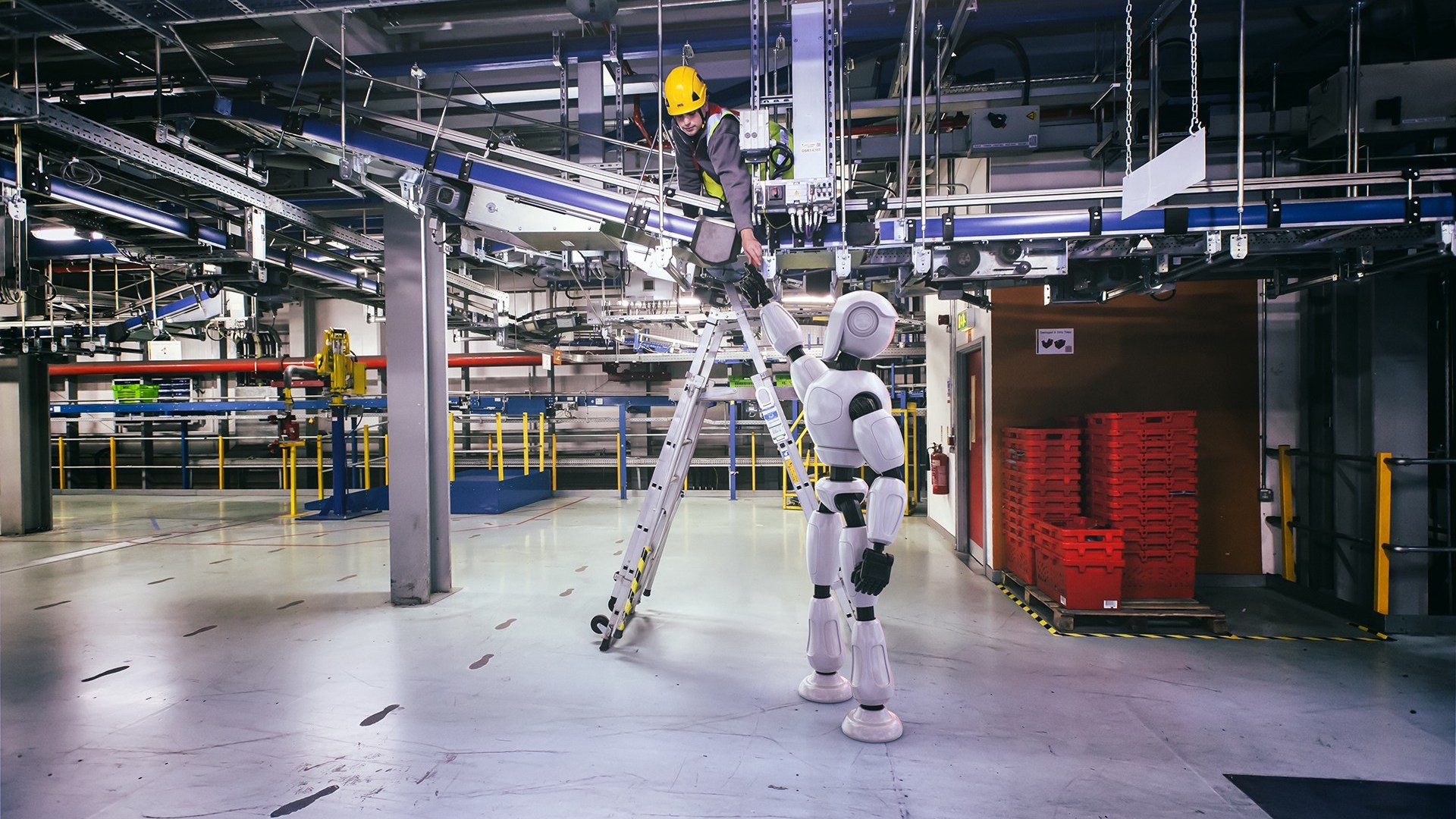
Whether taking the role of villainous machines enslaving their human creators or acting as helpful companions that can make coffee and clean the home, robots have always lived within the realms of fiction and fantasy. But as their presence in the real world begins to grow, as humans our impression of robots is changing. While many people are fearful that they may one day pose a risk to the survival of humanity, there are others who see them as an opportunity.
Robotics has made some great strides in recent years. Honda’s Asimo for instance, which was unveiled by the firm in 2000, is among the world’s most recognisable - and powerful - humanoids. Although the robot is far from perfect, it’s already demonstrating the growing potential of the field.
For instance, in 2016, Honda teamed up with Narita International Airport to get Asimo to welcome and offer its hospitality to travelers. Meanwhile, Toshiba has designed a robot that can guide customers around busy retail outlets.
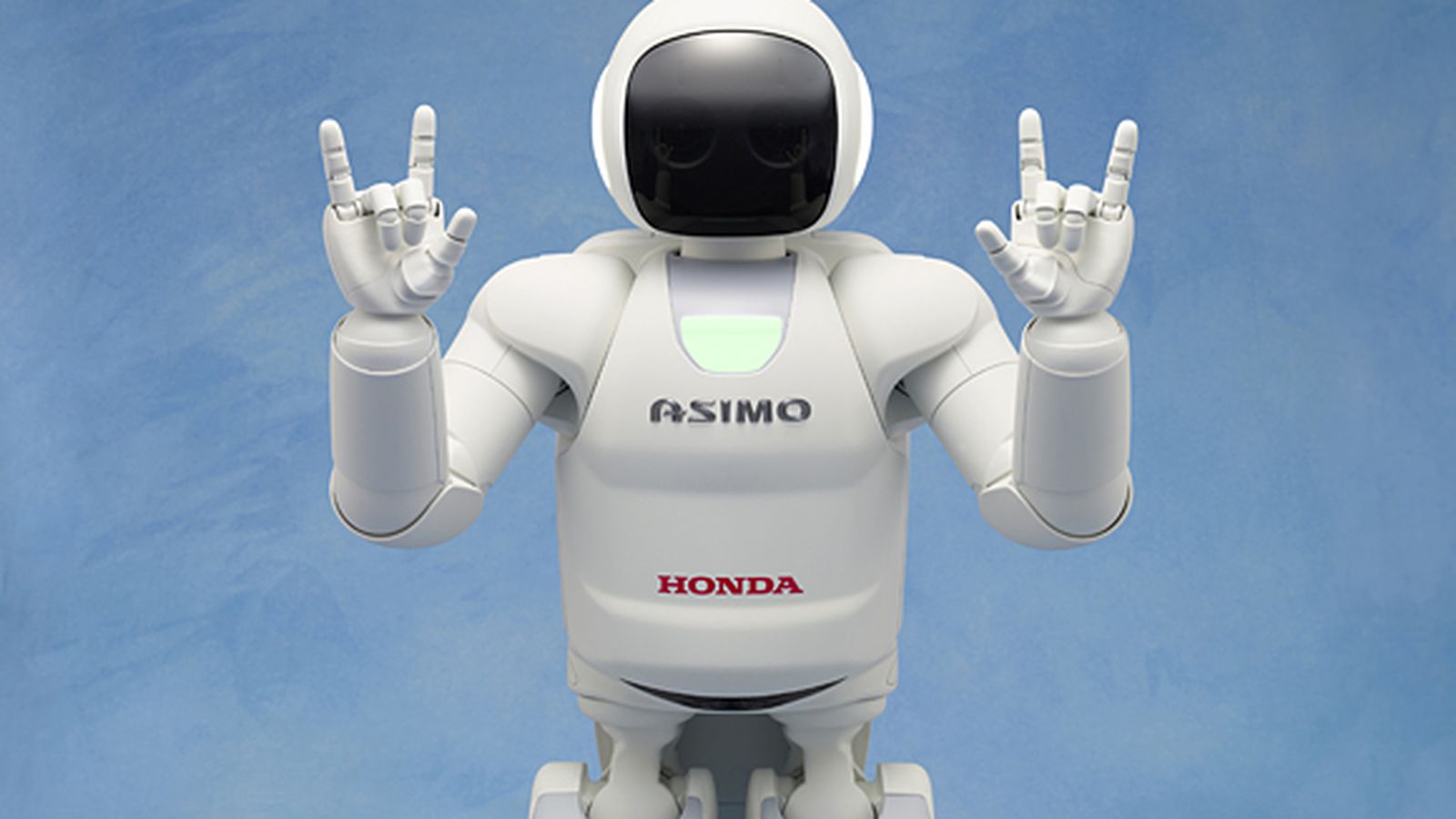
They may look different, but they’re culturally causing the same sort of disruption: fitting into different workplaces, working alongside humans. That’s before considering the factory and warehouse bots that, while lacking recognisably humanoid features, are already proving more efficient than human workers, to the point where they increasingly replace their flesh-and-bone counterparts, and the chat bots stepping in to help overstretched customer services teams.
For better or worse, this is something we’ll likely see happen more over the coming decades.
AI to the rescue
What is AI? Watch our explanation, brought to you by Honor
Artificial intelligence plays an important role in robots, especially when it comes to turning them into machines capable of working alongside human employees. Billy Bot represents one of the most exciting advancements in AI and robots. Built by Clerksroom, it’s an AI-driven clerk chatbot that can assist humans in administrative processes within legal practices. With access to a diary, it can check barrister availability, conflict check, create the case and acknowledge the booking to the client by email.
Get daily insight, inspiration and deals in your inbox
Sign up for breaking news, reviews, opinion, top tech deals, and more.
The system, which can be connected to barristers chambers using MLC chambers management software via a bespoke API built by Advanced, is the brainchild of Clerksroom boss Stephen Ward. For the past few months, the national chambers has been testing the robot to explore how it can improve everyday productivity. The firm has found that the bot can accept 1,500 new bookings each month, while a human clerk would normally spend 8 minutes to create just one case.
Boosting productivity
Stephen created Billy with the aim of supporting his staff, rather than replacing them.
“It is an outcome, a solution for a problem that exists in every Barristers Chambers in England and Wales,’ he says.
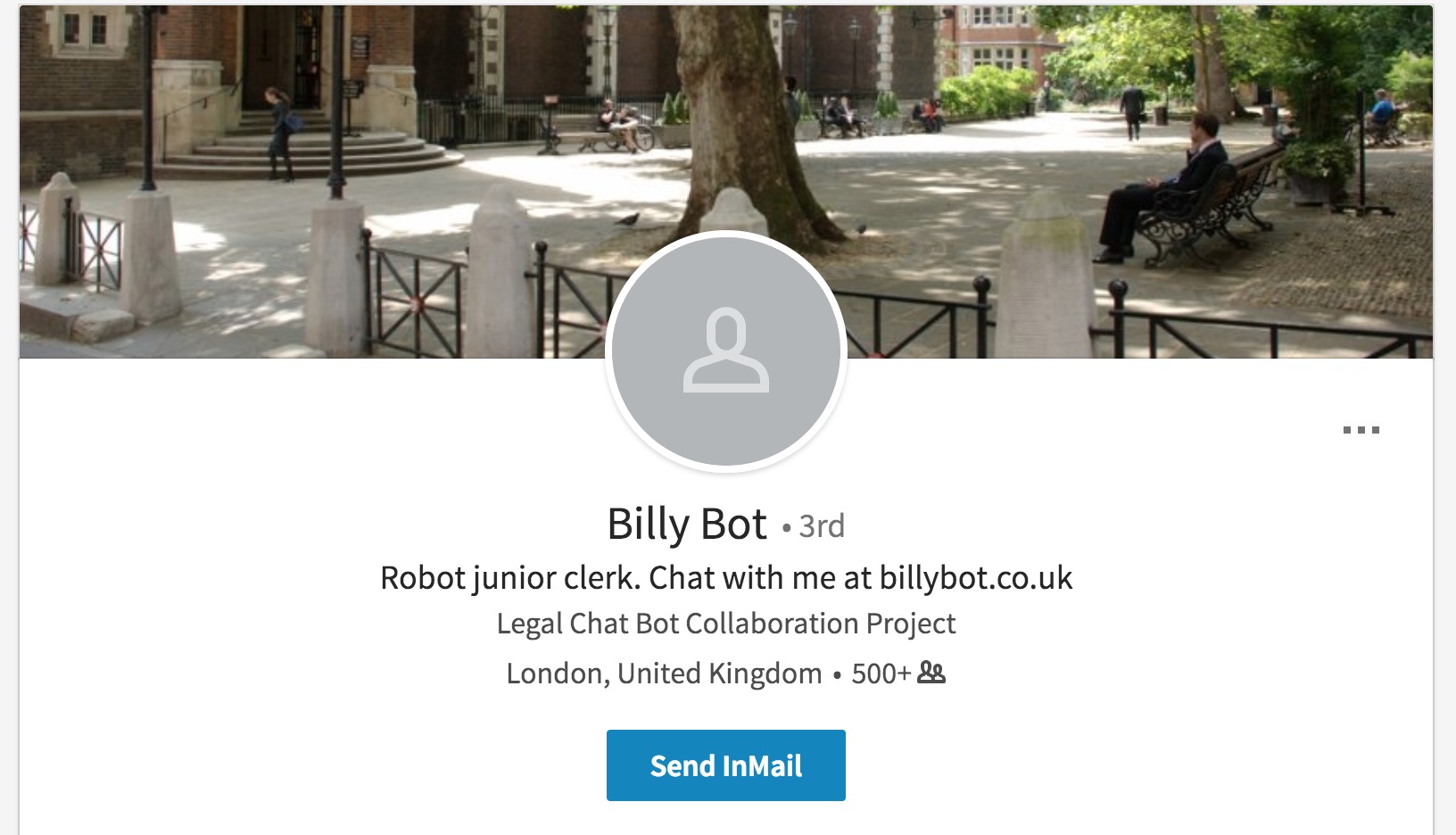
“The role of clerking is a busy one, with so many repetitive tasks, so a solution was required to make it more time efficient. The answer was to look at automation, and Billy Bot was born. It was developed to only need training once. Billy gets the job done right, every time.”
Although the robot is highly powerful, it still accesses the same resources as human clerks, so it’s essentially a virtual employee. The other innovative thing here is that it can co-operate with members of the public as well as staff.
“Just like any other junior clerk, Billy needs to access a case management system and all other IT systems – and this requires integration. So he can now be connected to barristers chambers using MLC chambers management software via a bespoke API built by Advanced. Billy has been trained to take bookings from solicitors or members of the public, to check the diaries, offer solutions, agree fees, book cases into the diary and send confirmation letters,” says Ward.
Billy gets the job done right, every time.
Stephen Ward, Clerksroom
Will Jemmison, who is a diary manager at Clerksroom, spends much of his job working with Billy. He doesn’t see the robot as a threat, but rather a productivity booster. He’s able to focus his time on other things - instead of conducting somewhat mundane, timely tasks.
“Quite simply, Billy has given me time back, which was in short supply. I’m now free to start planning how I can best use my expertise to help our Barristers develop their practices or assist with marketing initiatives, research or business development,” he tells us.
“Billy is now saving us a combined total of 200 hours per month and the immediate effect is that Clerksroom has been able to reduce our working hours (not pay) to 40 hours rather than 42.5. I have half an hour extra a day with my family.”
The robot colleague
Tharsus is a company pioneering workplace robotics. Based in the UK, the firm has worked on a number of robots that are designed to work alongside staff, as well as ones that take the roles from them. One of its most high-profile projects was with Ocado. It worked with the online grocer to design a robot that can work with humans to pick and package robots. Brian Palmer, chief executive of the robotics manufacturer, says the robot is helping the firm to get orders out to customers even quicker.
“The level of performance Ocado can now achieve is a revolution for grocery logistics with their Andover facility picking a customer’s order of around 50 items in a few minutes compared to several hours at other fulfilment centres,” he tells TechRadar.
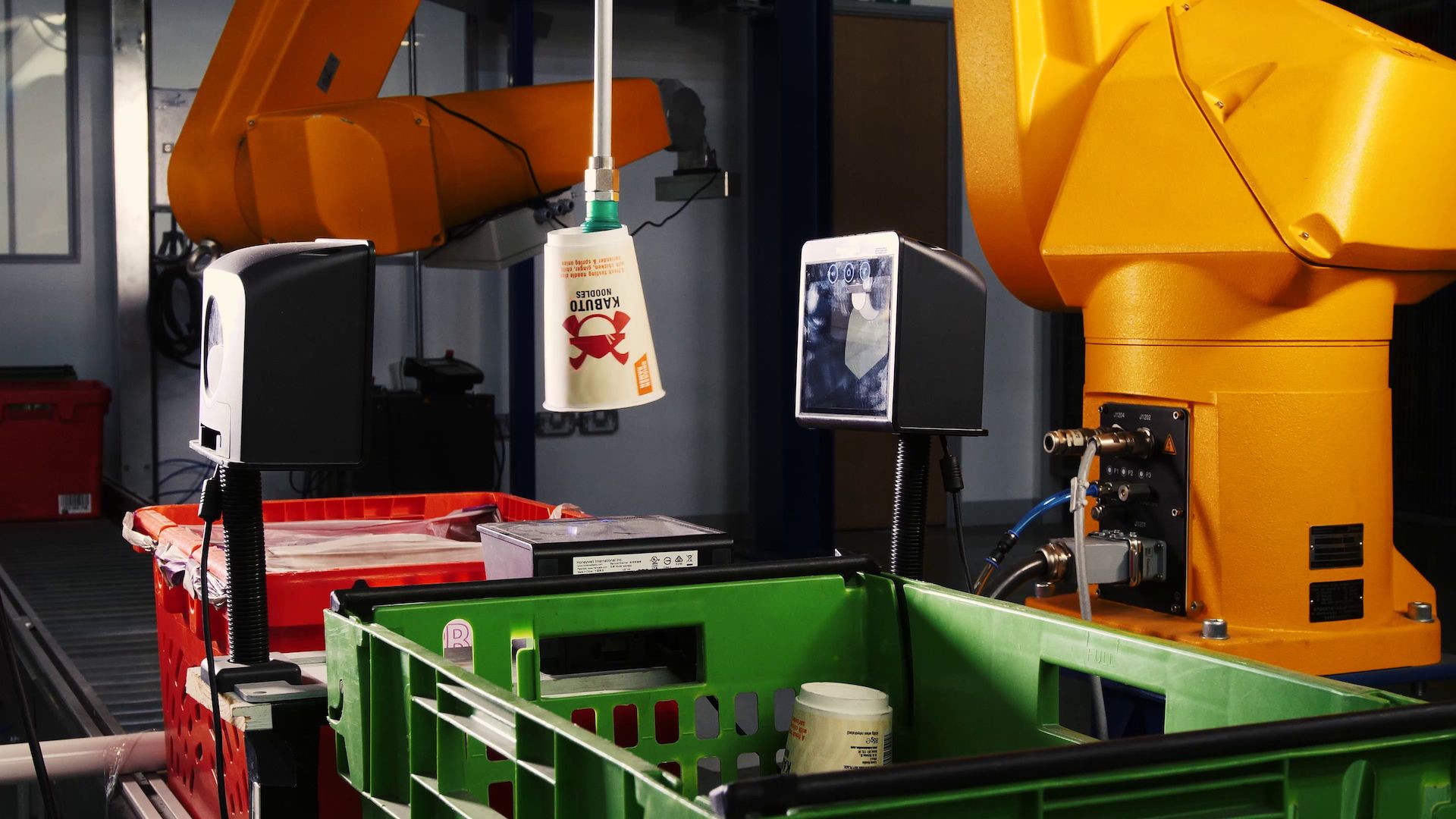
Palmer is a big believer in robots and believes they’re transforming the manufacturing industry, particularly when it comes to efficiency.
“Robotics and Autonomous systems (RAS) are transforming the way things are made and their impact is not just on the manufacturing sector, but the wider industry in general,” he says.
Like Stephen Ward, he takes the view that robots can complement humans as effective colleagues - he even says there’s potential for collaboration.
“Such systems can over tasks that are arduous, impossible or dangerous for humans. They also have the capacity to replace, augment or complement human activity and as such have the potential to work collaboratively with humans, machines or other autonomous systems,” says Palmer.
Their impact is not just on the manufacturing sector, but the wider industry in general.
Brian Palmer, Tharsus
Of course, we won’t see robots dominate the entire workforce just yet. Palmer expects businesses to invest in these technologies bit-by-bit. He says inventory management robots, which are mainly used on factory floors, are the biggest attraction right now.
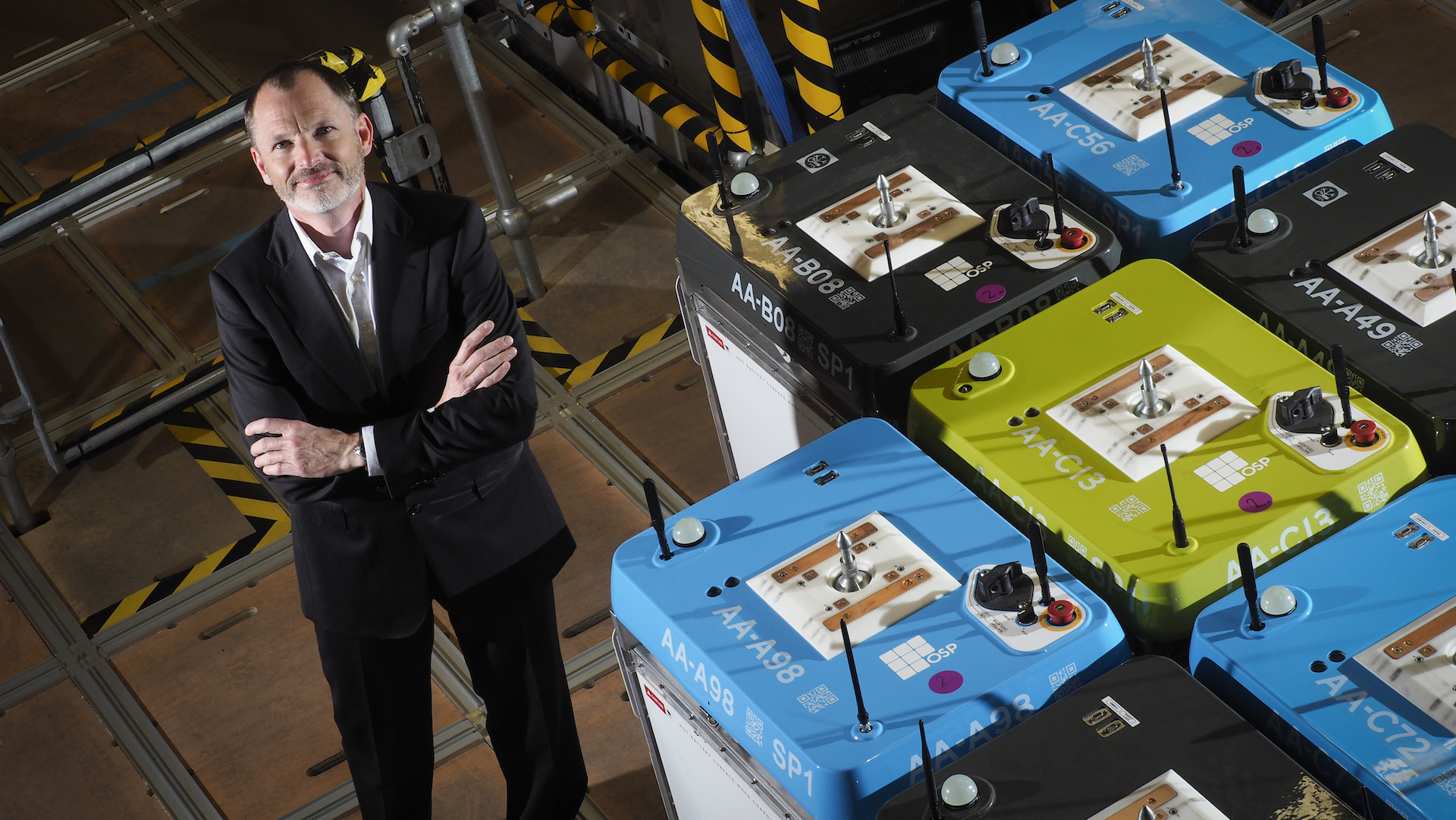
“Many businesses are already considering how they too can navigate the path to adopting commercial robotics. Co-bots and inventory management (pick, pack and line distribution mobile platforms) are likely to be the first of many possible RAS products to disrupt the manufacturing arena,” he concludes.
“The potential for RAS to be widely deployed throughout the supply chain from producer to consumer, engaged in various tasks and enabling advanced production technologies and methods is immense. It is no wonder they have been labelled as revolutionary and no wonder ambitious companies are embracing them.”
- TechRadar's AI Week is brought to you in association with Honor.
Nicholas Fearn is a freelance technology journalist and copywriter from the Welsh valleys. His work has appeared in publications such as the FT, the Independent, the Daily Telegraph, The Next Web, T3, Android Central, Computer Weekly, and many others. He also happens to be a diehard Mariah Carey fan!